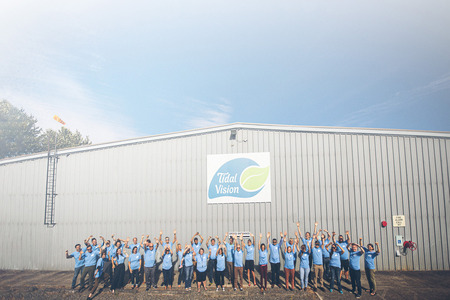Pakistani cotton yields decreasing at high rate due to contamination
YarnsandFibers News Bureau 2016-09-21 13:00:00 – MultanPakistani cotton, the most important cash crop and a major source of foreign exchange earnings which also provides livelihood to millions of people in Pakistan, Due to contamination its production is decreasing at higher rate and one of the critical issues for spinners to maintain first grade yarn quality.
Agriculture Information Assistant Director Naveed Asmat Kahloon said that Pakistani raw cotton is being traded at low cost due to lack of quality-based pricing system and non-practicing of the cotton standardization system. In Pakistan, the contamination proportion is 20 grams per bale, while the international market standard is only 2.5 grams per bale.
Kahloon said that Pakistan’s cotton has large impurity content with high level of foreign matter, trash water contents and is considered poor as per international standards.
These impurities have been reducing beneficial effect of improved cultivators and impairing not only the quality of raw cotton itself but also effect the subsequent processes of the textile products.
Contamination produces low quality lint cotton, yarn and manufactured goods. Generally, the quality of cotton is determined by its colour, fiber length, strength and finesse. Thus among others, one of the important factors which makes the quality of raw cotton low, is contamination.
A number of impurities like pieces of leaves, immature and empty bolls, stems, flowers, sticks and weeds, trash and dust, mix with cotton due to carelessness of pickers.
He said that it is advisable to avoid contamination, picking should be started at the time when 50 percent fully matured bolls are opened. Lady pickers may be pursued to cover their heads to reduce the possibility of contamination of human hairs.
APTMA estimated over $1.4 billion loss due to cotton quality whereas National Textile University in a study estimated over $4 billion loss because of cotton contamination.
Market Intelligence
Ask for free sample Report

experience
Customer Base
dedicated team
Countries Served Worldwide









